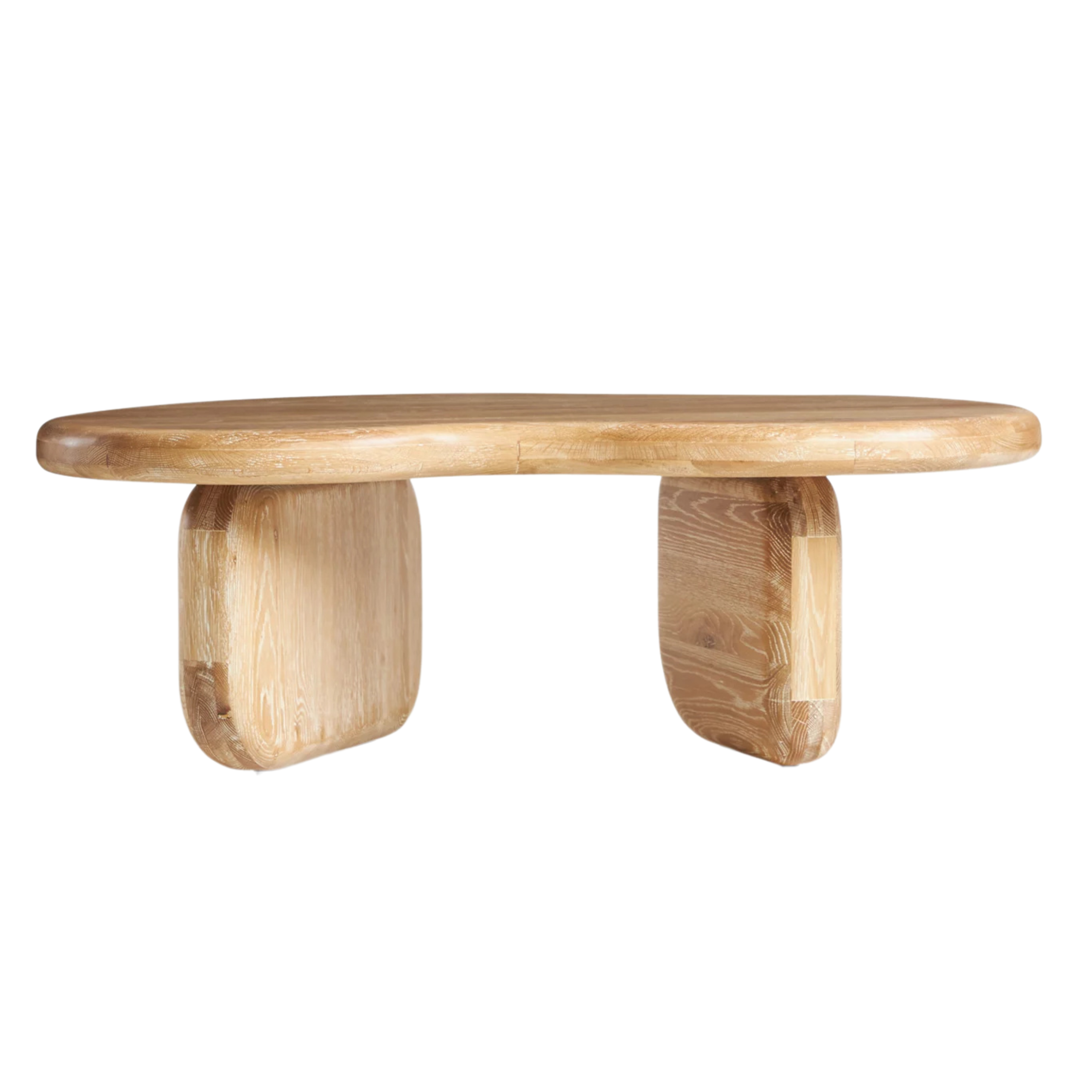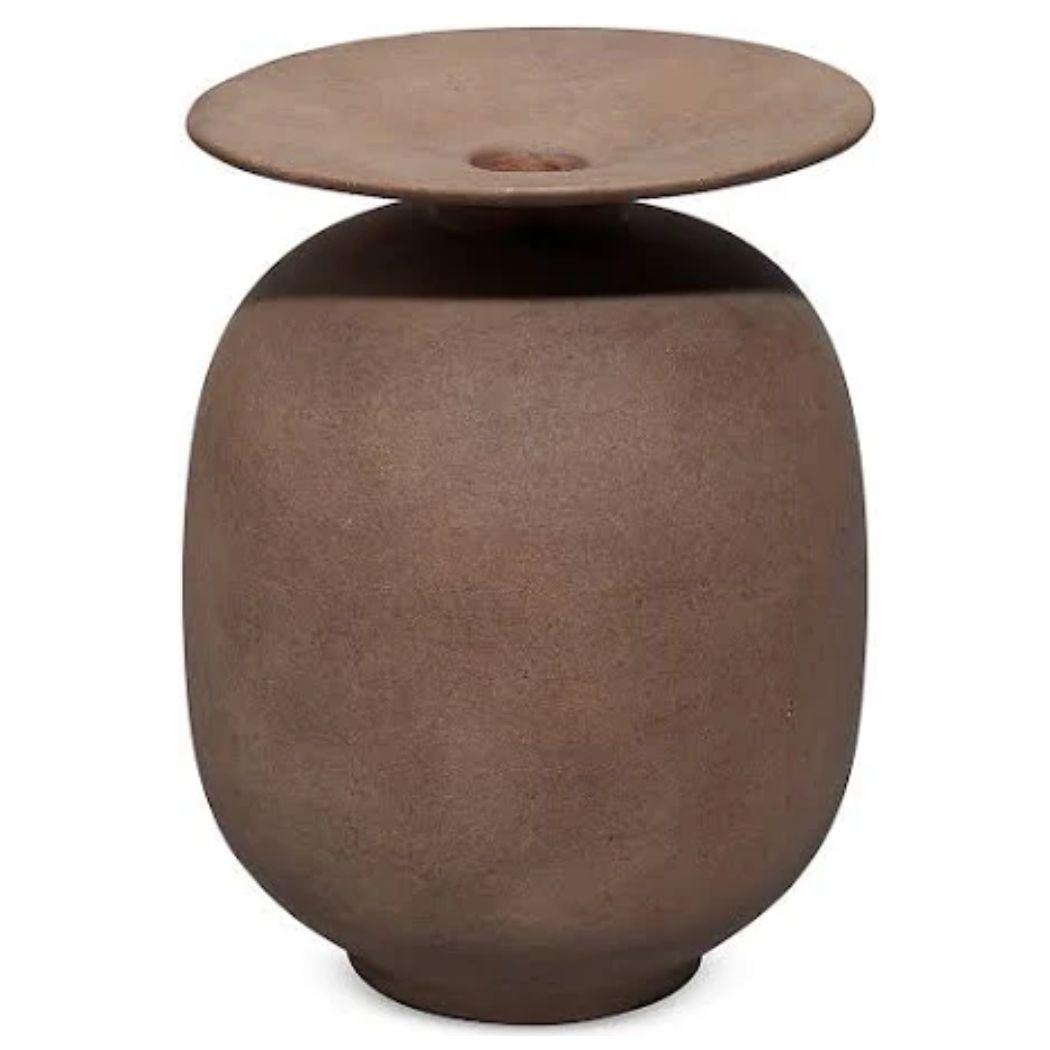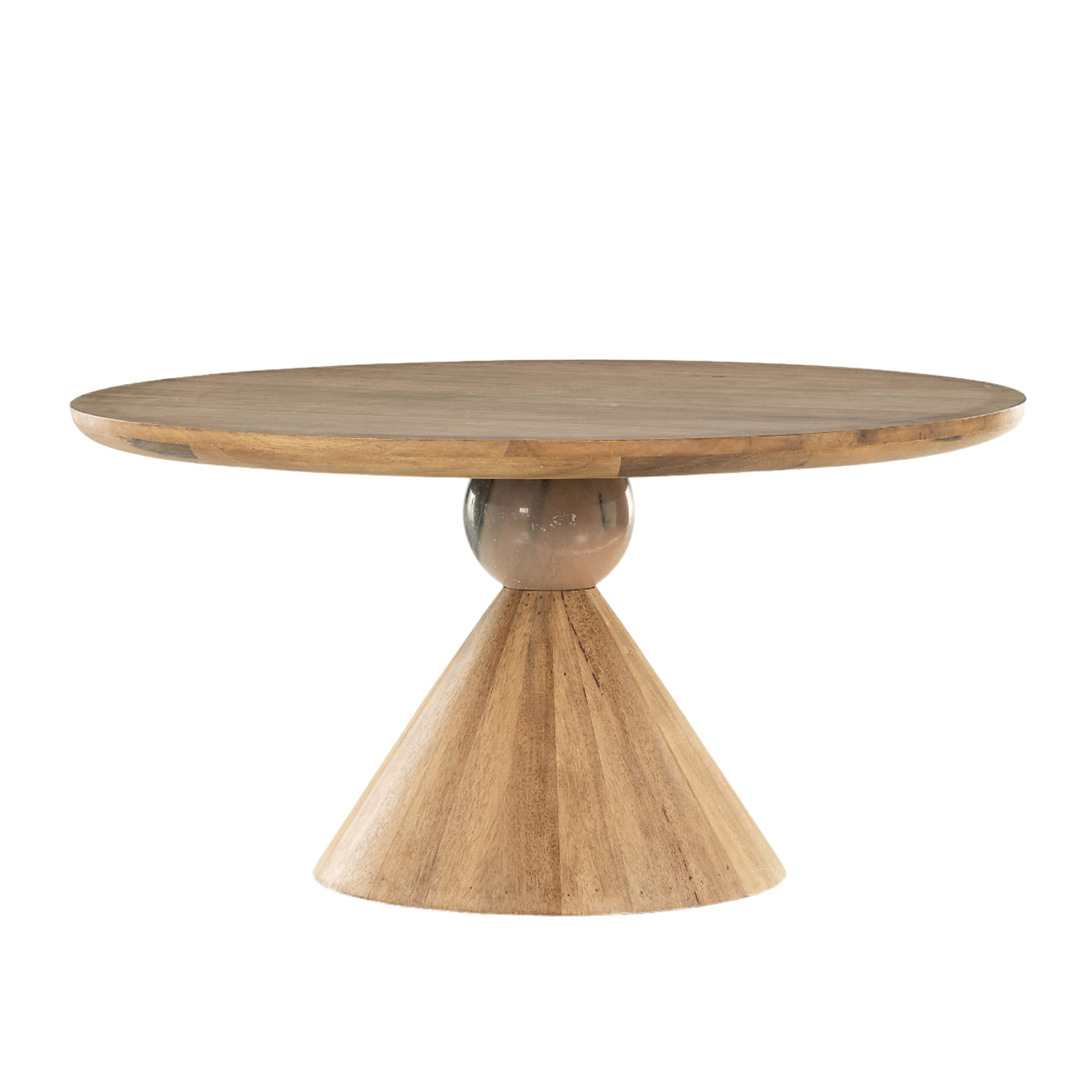This Brutalist Mexican Home Could Have Felt Harsh — Instead, It's a Relaxing Coastal Retreat
Raul Velazquez, founder of RVO Studio, takes us on a tour of this architectural escape set right on the seafront
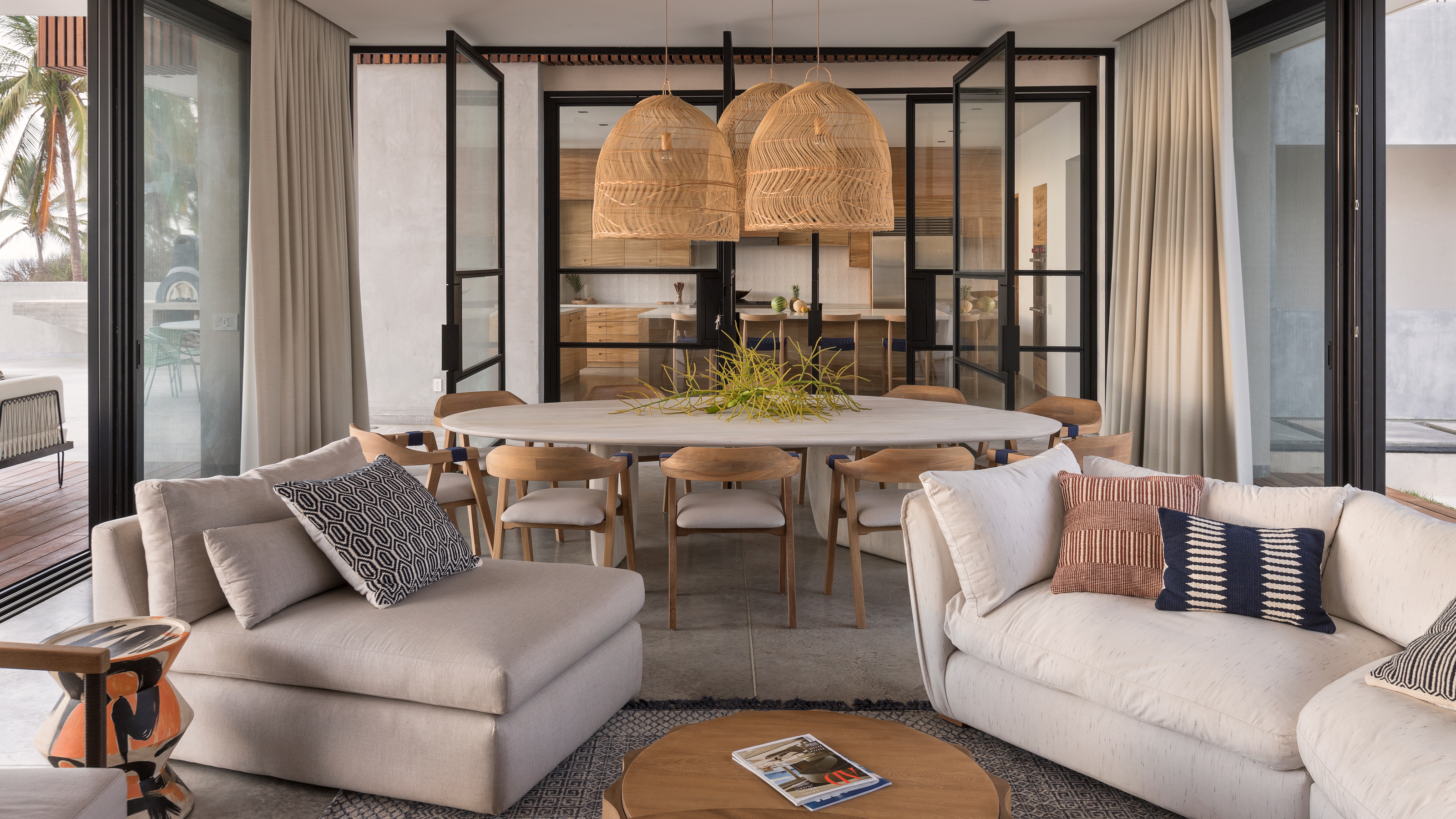
Nestled on the Mexican Pacific coast, Raul Velazquez’s curated design of this striking Brutalist structure captures a similar contrast of power and tranquility to the ocean that surrounds it. The calming influence of the nearby fishing town in Nayarit acts as a much-needed foil for the clients who split their time between their seaside retreat and the streets of Los Angeles.
Far from the harshness of Brutalism’s heyday in the 1960s and 70s, Raul has grounded his transformation in the natural world, incorporating organic wood, stone, and marble to balance the home’s minimalist simplicity with the client’s need to carve out a space committed to calm and reflection. Here, Brutalist architecture is reborn with a decidedly Mexican coastal interior design and softened with access to the beauty of the neighboring coast and references to Mexico’s heritage of handcraft.
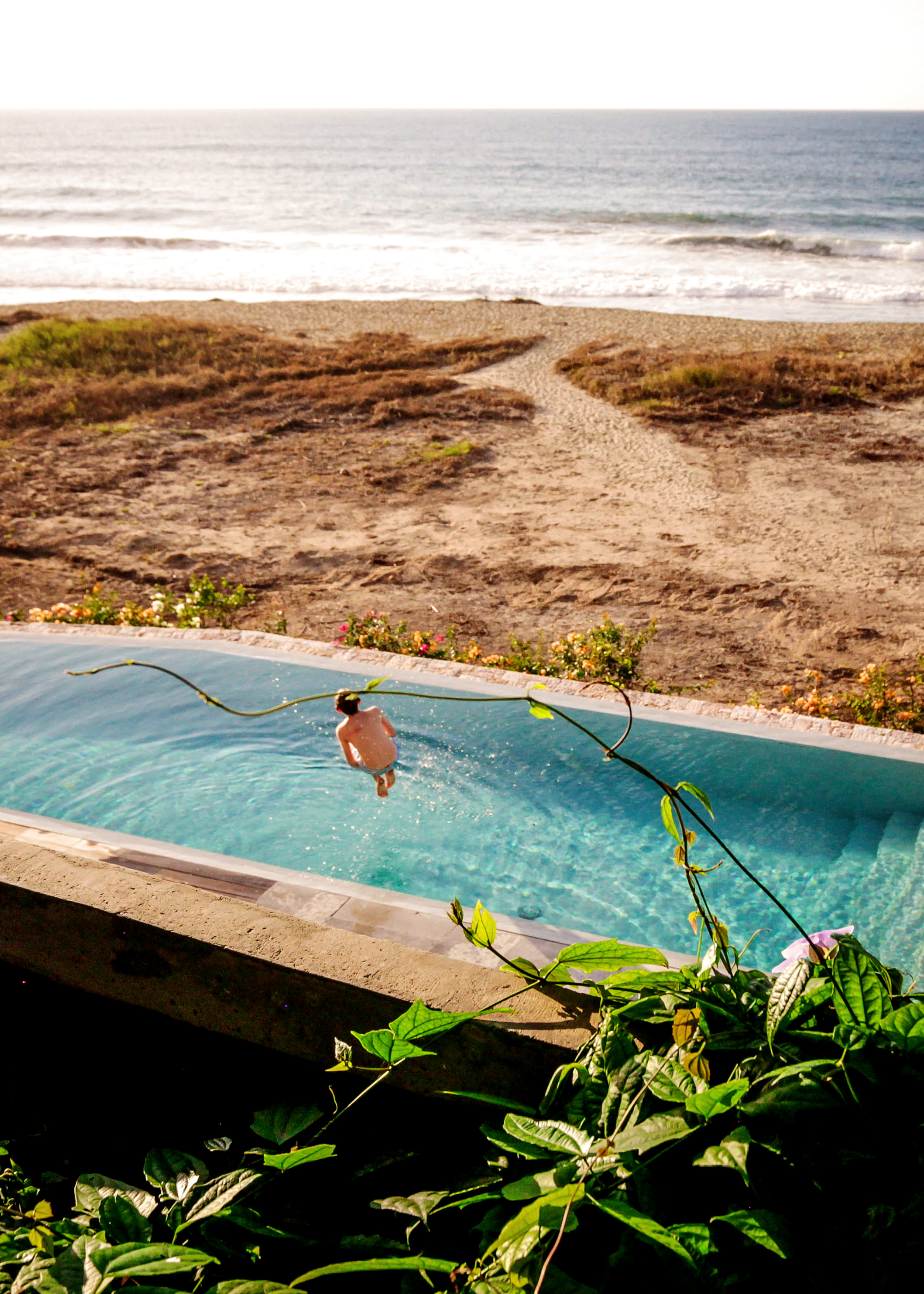
Raul Velazquez, founder of RVO Studio, kept this tradition at the heart of his plans. "We were inspired by the local and tribal constructions,” say Raul. “Which, through the wisdom of countless generations, stand as resilient testaments to human ingenuity, seamlessly blending with nature to defy the relentless heat, torrential rains, and formidable forces of the jungle and ocean."
It’s this marriage of function with innovative design that prevents the home from resting too heavily on the shoulders of its mid-century predecessors. Instead, Raul has created something wholly unique. “I believe it's necessary to focus on the most basic and logical needs in a project like this, to focus on the functional side, rather than going with interior design trends. We must think: how will the user live in this space? What kind of linens and colors react better to the temperature, humidity, and salt breeze? Which materials age better here?”
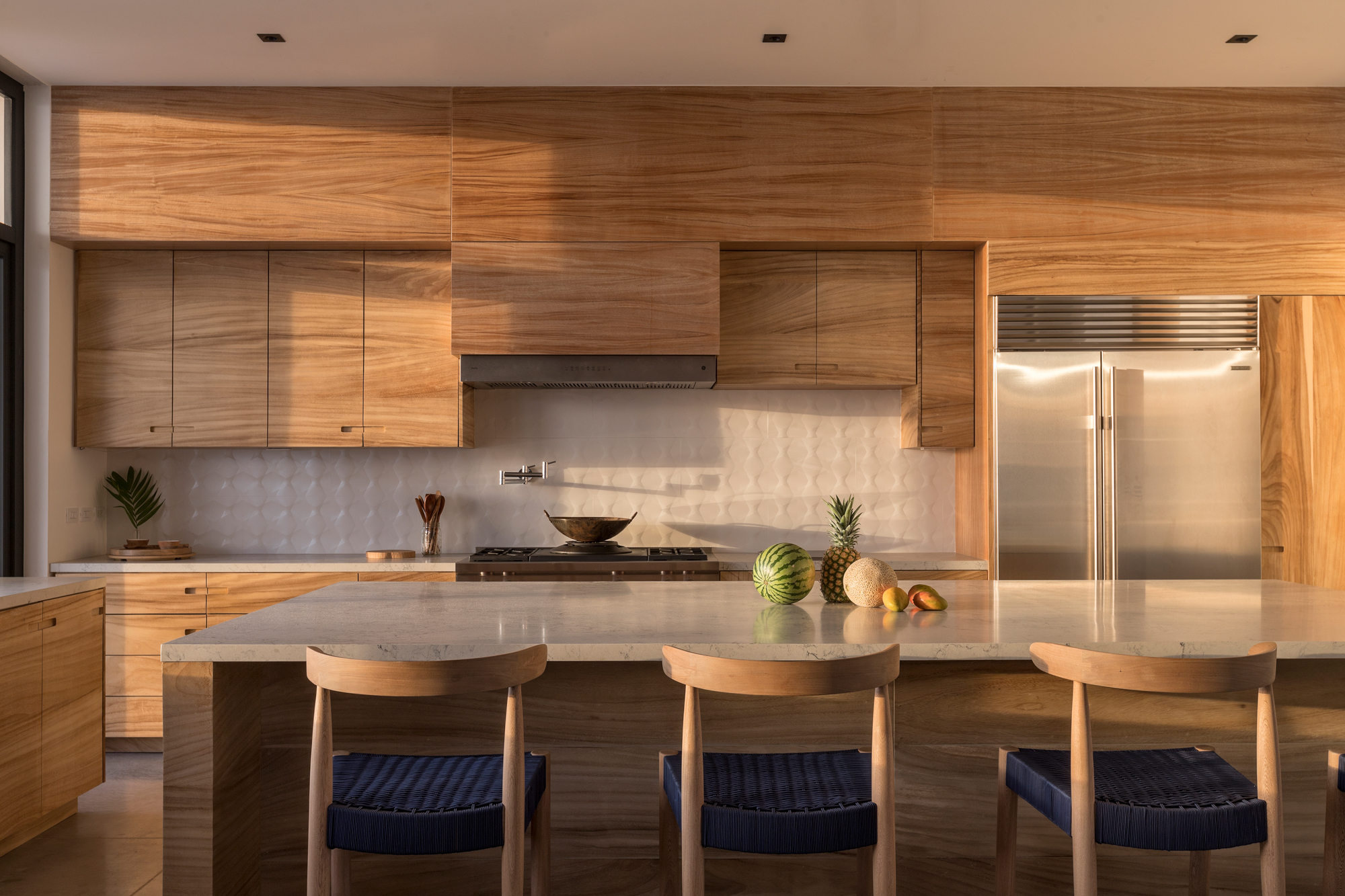
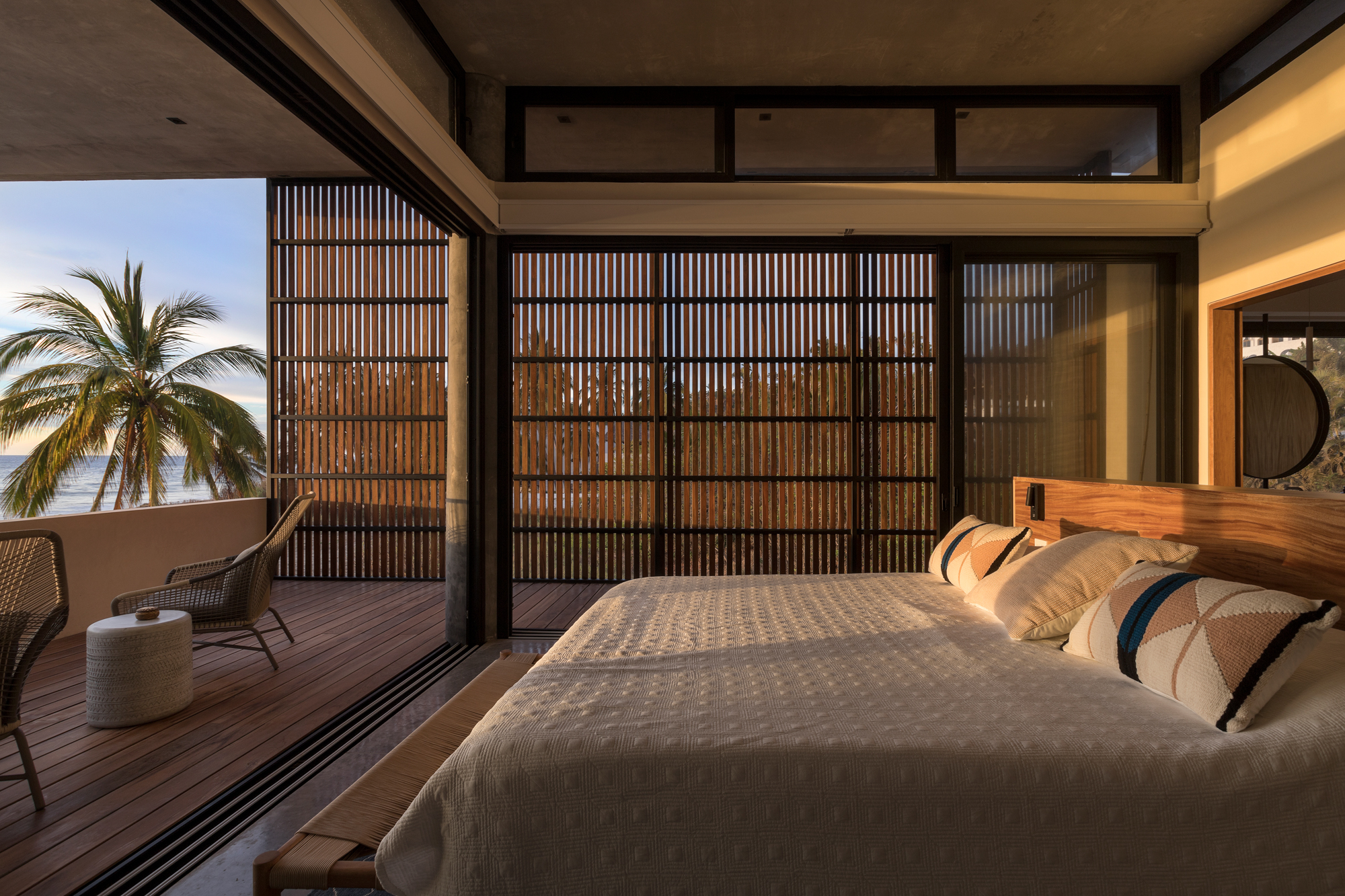
While the building’s proximity to the sea posed a particular practical challenge – “we must play along with the elements in this case,” Raul explains – there was the additional dilemma of how to ensure the client’s retreat stayed tucked away from prying eyes. Surrounded by a public beach and neighboring houses, Raul had to strike a balance between crafting a breathable, open space while keeping the feeling of an enveloping hideaway.
“We wanted the house to look at the ocean, but at the same time, feel warm, familiar, and private," Raul remembers. By carefully placing wooden screens and some ingenious architectural additions, Raul ensured the client’s backyard privacy while not sacrificing the beauty of the building’s ocean view, or making any jarring aesthetic decisions.
This motivation to work with, rather than against, the structure's minimalist scheme is found in every styling choice, with concrete and natural wood transformed into features rather than hidden under plaster. Timber screens wear away to a subtle gray and blue tones guide visitors up a statement staircase to contrast the otherwise neutral space, mirroring the ocean outside.
Be The First To Know
The Livingetc newsletters are your inside source for what’s shaping interiors now - and what’s next. Discover trend forecasts, smart style ideas, and curated shopping inspiration that brings design to life. Subscribe today and stay ahead of the curve.
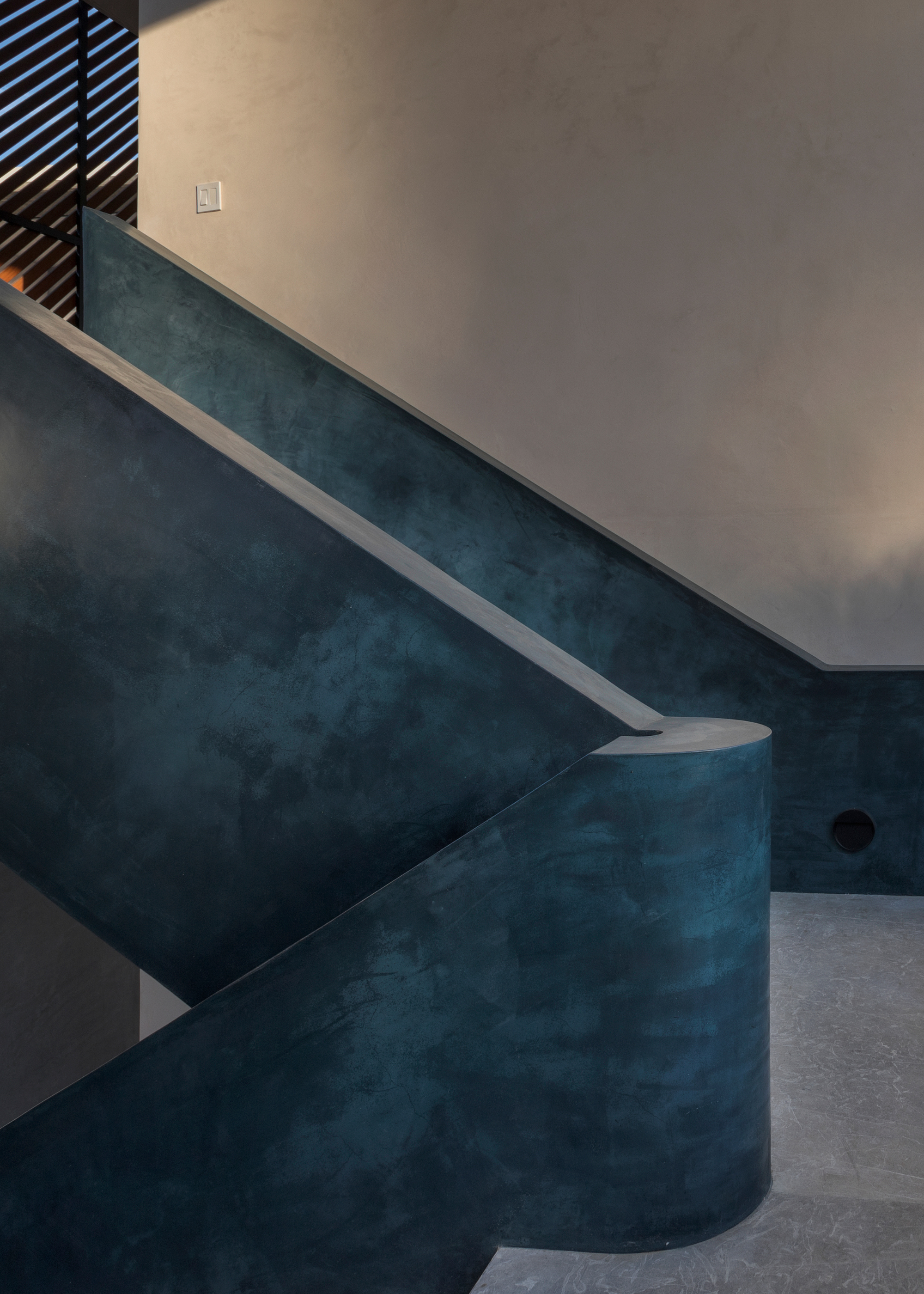
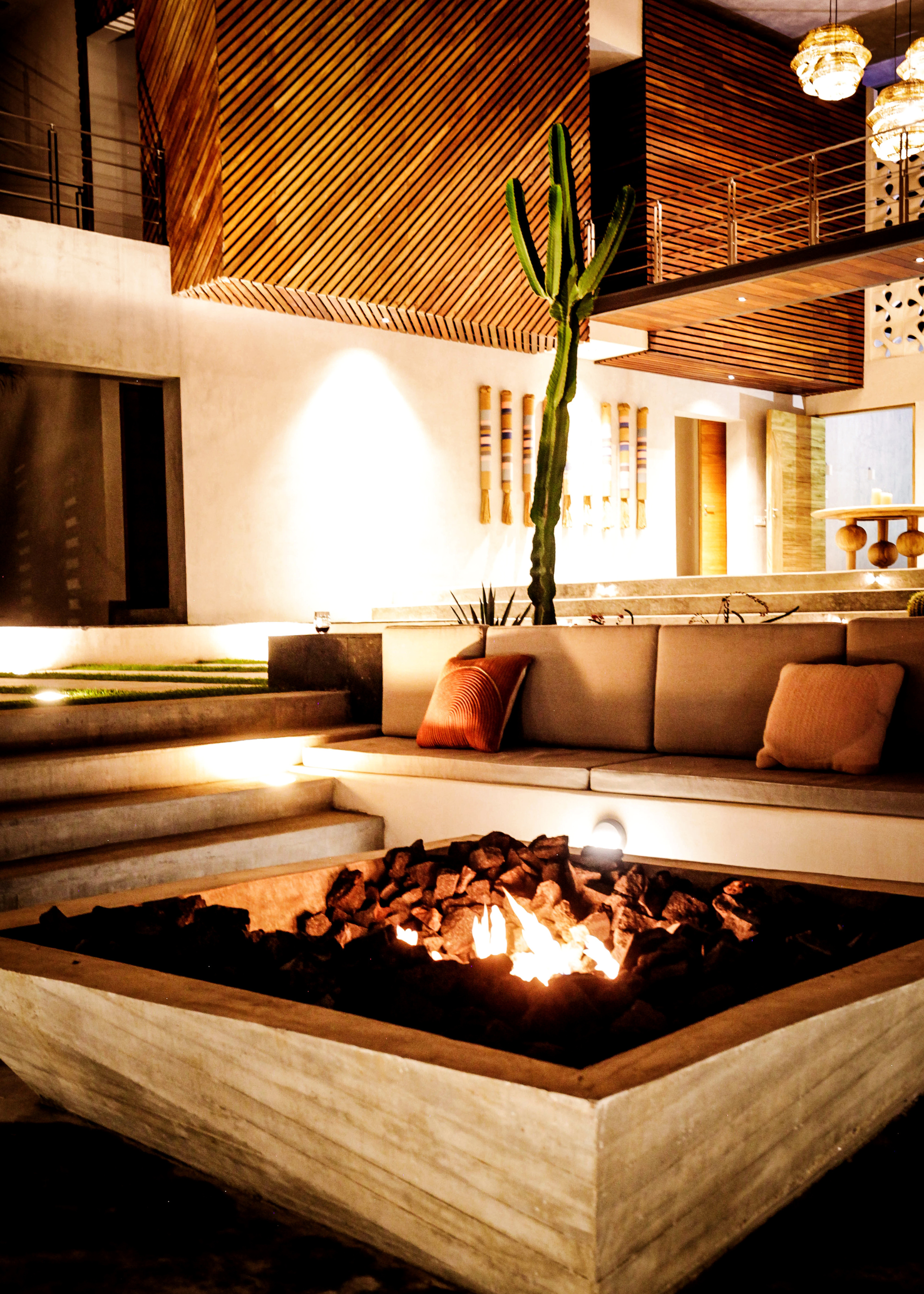
Incorporating a central patio meant the clients had space to enjoy time with friends and family, where guests can gather around the sunken firepit at the center of the yard. The outdoor space reflects the untamed beauty of the coastline, while every decision is made with one eye on the project’s environmental impact.
“Grass was left to grow in the main entrance in a wild, but manicured, approach, and low water plants like cacti were installed on the center courtyard to use as little water as possible," Raul says. "So, while it gives a green feeling to the project, it consumes a fraction of water than other species would.” Raul notes that the garden reflects the shift from the rainy season to dry, so each species is left to bloom and wilt, with no attempt made to interfere with this natural cycle.
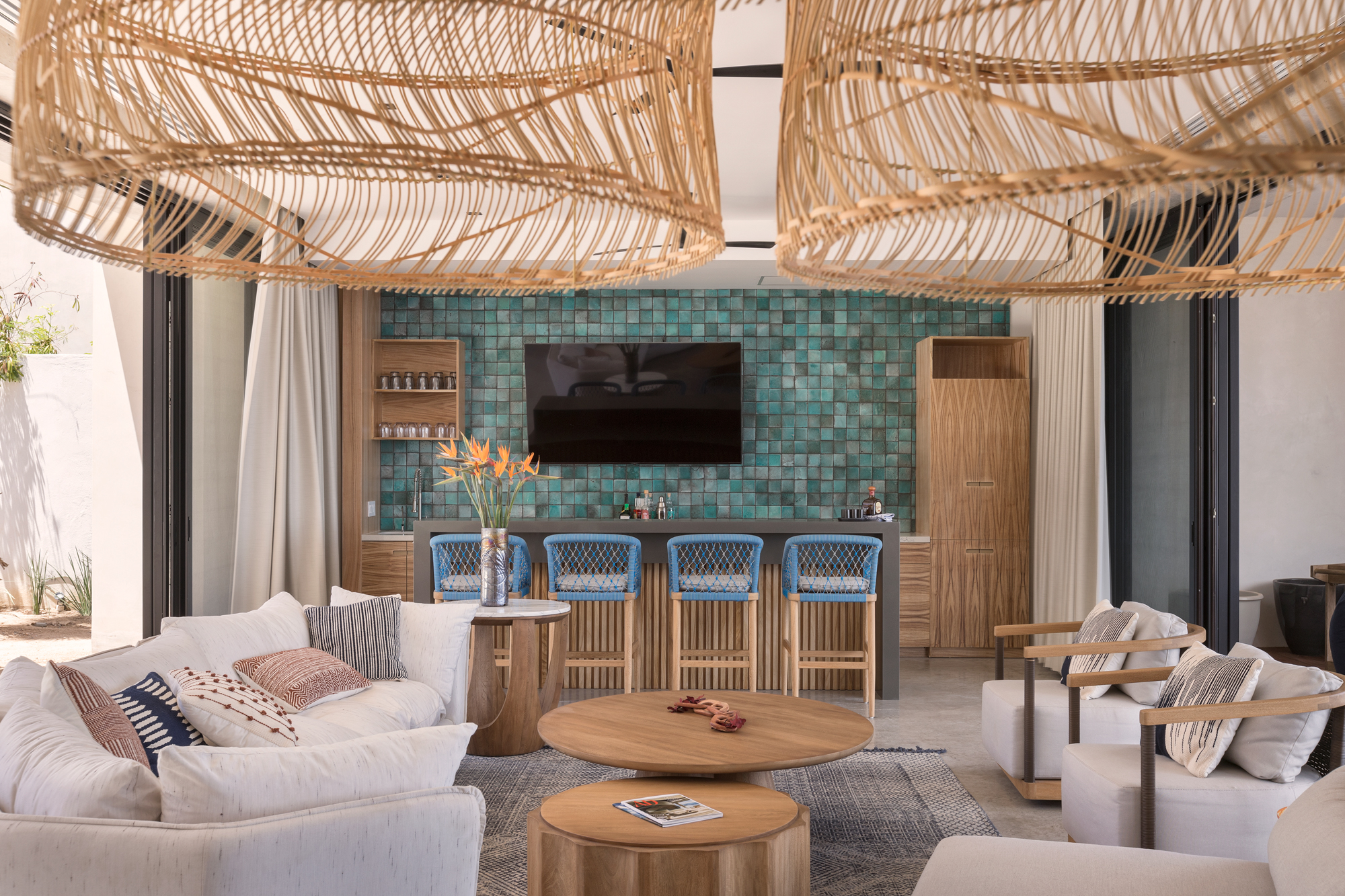
Every accommodation is made to this energetic life-force that rises from the crashing waves below. While covered walkways provide shelter, snaking throughout the building for additional privacy, in other areas Raul has surrendered to the whims of the wet season.
“There is a natural path for rainwater coming from the mountains and heading to the ocean on this land,” says Raul. “We needed to design around this path to allow rainwater to flow along the structure without obstructing its course.” In acknowledging the limitations imposed by the will of nature, Raul channels that blunt honesty for which Brutalism has made its name.
Find more from Raul Velazquez at RVO Studio.
After completing her Bachelor's in Art History and Maths at The University of Exeter, Daisy moved to London to study MA Magazine Journalism at City St George's. Alongside her studies, she works as a freelance writer, with a particular interest in interiors, art, and lifestyle.
-
 The 'New British' Style? This Victorian London Home Embraces Its Owners' Global Background
The 'New British' Style? This Victorian London Home Embraces Its Owners' Global BackgroundWarm timber details, confident color pops, and an uninterrupted connection to the garden are the hallmarks of this relaxed yet design-forward family home
By Emma J Page
-
 Muji Living Room Ideas — 5 Ways to Harness The Calming Qualities of This Japanese Design Style
Muji Living Room Ideas — 5 Ways to Harness The Calming Qualities of This Japanese Design StyleInspired by Japanese "zen" principles, Muji living rooms are all about cultivating a calming, tranquil space that nourishes the soul
By Lilith Hudson
